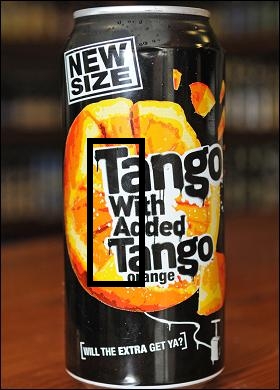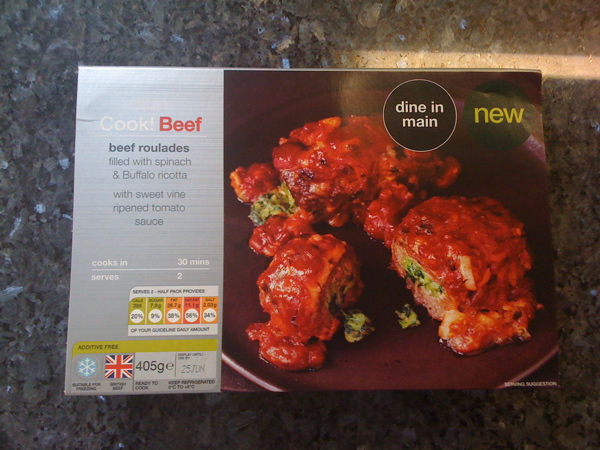
In the old days, long before I was even a twinkle, when men wore ties and waistcoats, gentlemen’s calling cards were the thing to have to prove you were actually a gentleman.
In the late 1900’s they were an essential accessory for anyone who did not want to come across as a cad. According to the book ‘Our Deportment’ from 1881, where they summarise its place in society…
“To the unrefined and underbred, the visiting card is but a trifling bit of paper; but to the cultured disciple of social law, it conveys a subtle and unmistakable intelligence. Its texture, style of engraving, and even the hour of its leaving combine to place the stranger, whose name it bears, in a pleasant or a disagreeable attitude…”
For me, they are coming right back into fashion. As our entire world moves online, your offline presentation will come down to differentiating yourself with your card again. Unless people are actually interested in engaging, or even doing business with you, they will never see your brochure, they will never download your corporate profile and they may never even be engaged enough to see your website.
We are so bombarded by the different media channels where we have the opportunity to see people’s ‘stuff’ that the simplest becomes the most important again.
So as part of your overall, brand presentation, never underestimate the importance of doing the card part right. In the 1800’s, they talked about texture and so do we – constantly. A card that looks and feels right is essential for any gentleperson in business today.
It may be a very little detail in your mind, but if it’s all that anyone is seeing, it could be every detail in their mind.
As an addition. i’ve just been shown these which I think are brilliant!






